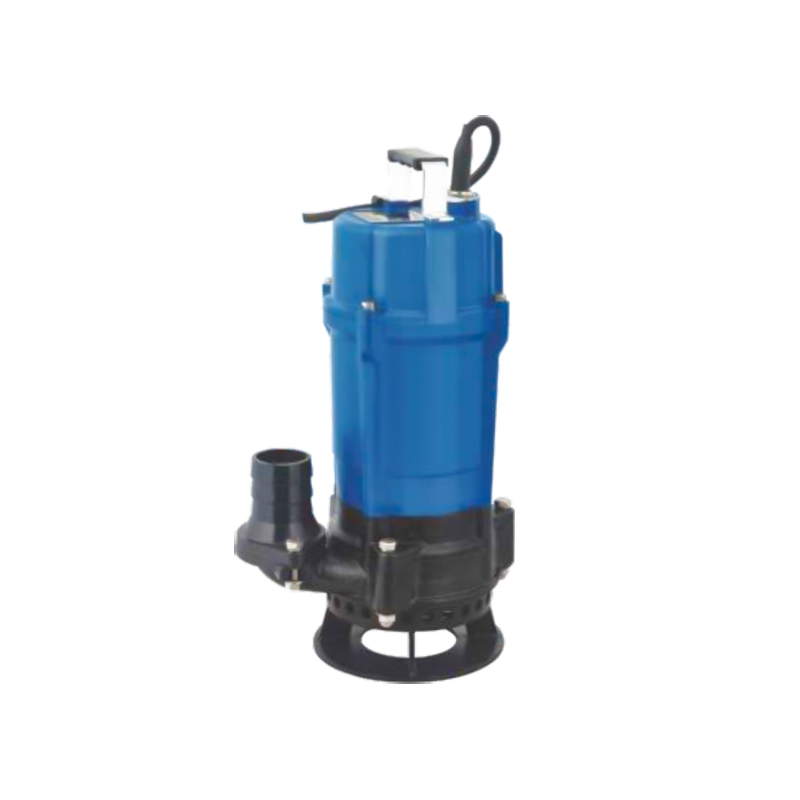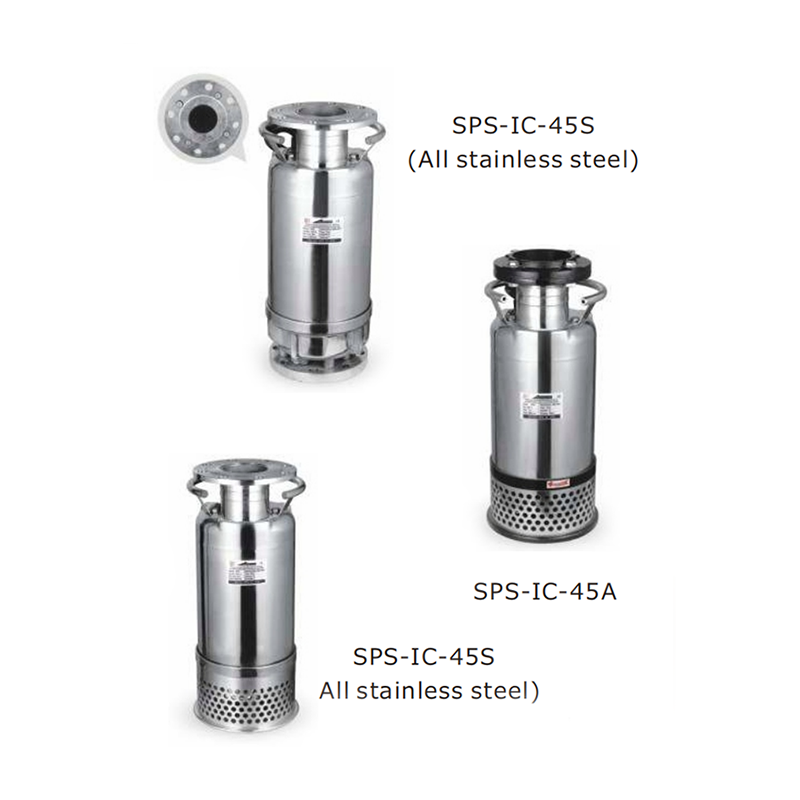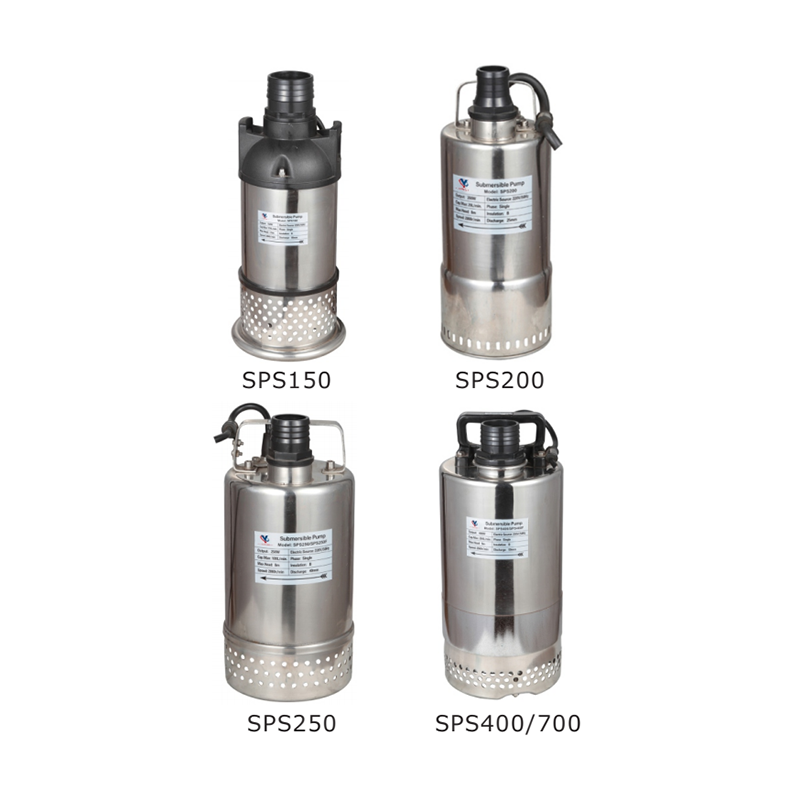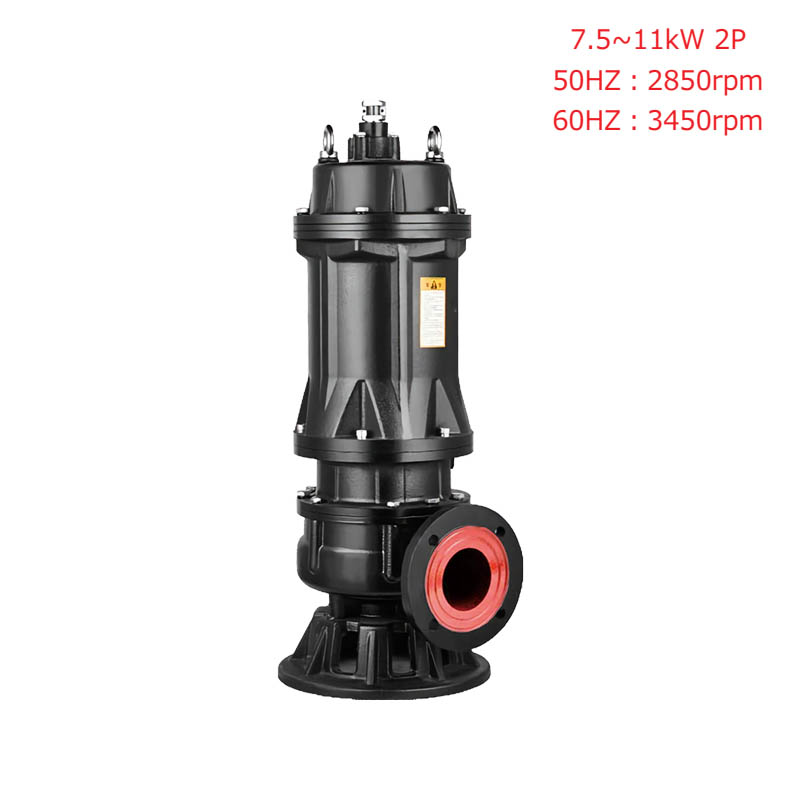Sand Submersible Mining Pumps for Sale in China
In the mining industry, the right pump can make all the difference in the efficiency, cost-effectiveness, and longevity of an operation. Two types of pumps commonly used in mining projects are sand mining pumps and submersible mining pumps. While both have their strengths, the choice for your project depends on various factors such as application, operational costs, and long-term reliability. Let's take a closer look at how these pumps compare.
Use Cases of Sand Mining Pumps vs. Submersible Mining Pumps
Sand mining pumps are designed primarily for extracting sand and gravel from water or other materials with high solids content. These pumps are typically used in large-scale operations like riverbed mining or offshore sand extraction. The primary goal here is to move large volumes of sand and slurry over long distances efficiently.
On the other hand, submersible mining pumps are used in deeper water or submersible conditions, such as in pits or mines that require pumps to be placed underwater. These pumps are more versatile and can be used for a variety of mining activities, including dewatering, slurry transport, and even in areas with limited access. Submersible mining pumps are commonly used in both sand and gravel operations, as well as in more specialized mining projects that require submersion for function.
Operational Costs
When it comes to operational costs, sand mining pumps are often more cost-effective for shallow mining projects. They are generally simpler to operate and maintain, which translates into lower long-term operational expenses. However, due to the higher volumes of sand and slurry they handle, these pumps may require more frequent maintenance depending on the abrasiveness of the material being pumped.
Submersible mining pumps, while versatile, tend to have higher initial costs and more complex maintenance requirements. This is because submersible mining pumps are built to withstand harsh submersion conditions, which means they must be made of more durable materials and incorporate advanced features to function effectively under water. As a result, they can have higher operational costs in terms of energy consumption, maintenance, and repairs, especially if used in challenging mining environments.
Long-Term Reliability
Both sand mining pumps and submersible mining pumps are designed to last, but their longevity largely depends on the type of mining environment and the maintenance practices in place. Sand mining pumps are generally more durable in non-submersible conditions, particularly in surface mining applications. These pumps are engineered for the wear and tear that comes with handling abrasive materials like sand and gravel, and with regular maintenance, they can last for many years.
Submersible mining pumps, however, face more significant challenges due to the submerged environment. While they are designed to handle submerged operations, the constant exposure to water, sludge, and chemicals can cause wear and tear faster than in surface applications. However, modern submersible mining pumps are built with high-quality materials such as stainless steel and have advanced sealing technologies that protect against corrosion, making them highly reliable when properly maintained.
Choosing the Right Pump for Your Project
The choice between a sand mining pump and a submersible mining pump largely depends on your project's specific needs. If you are working on a shallow mining project with high volumes of sand, a sand mining pump may be the option due to its lower cost and straightforward operation. However, if your project involves working in deeper or submerged conditions, or you need a pump that can handle various types of mining activities, submersible mining pumps offer more flexibility.
Ultimately, the decision should factor in the nature of your mining environment, the specific materials you're working with, and your budget for both initial and long-term costs.



 English
English русский
русский عربى
عربى







